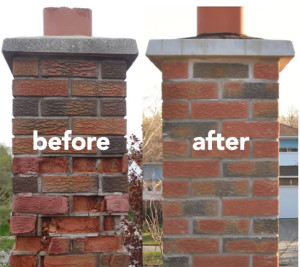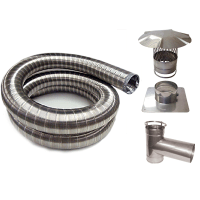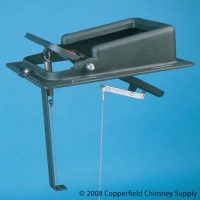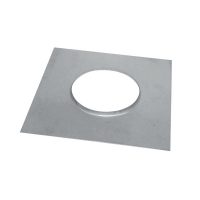If you own a fireplace, it’s important to get your chimney cleaned at least once a year. Proper fireplace and chimney maintenance will prevent dangers like fires or carbon monoxide poisoning and keep your home and your family safe.
Chimney Fires

The majority of build up of creosote happens as fires are being lighted. Cold chimneys will condense more smoke than hot ones. A continuous fire is less likely to build creosote than many separate fires.
Chimney fires often get so hot that nearby walls and rafters burst into flames. Chimney fires can spread so fast that the fire department often arrives too late to have any impact, and often well after the fire has razed the home.
The extremely high temperatures associated with chimney fires cause cracks to form in the flue and chimney. Carbon monoxide is generated anywhere fuel is burned, including your fireplace, woodstove or furnace. Normally, these deadly fumes vent safely up the chimney. But if the chimney starts to leak, the fumes may be drawn back into the home.
Proper chimney maintenance and care, including routine chimney sweeps, are important parts of preventing chimney fires.
The Chimney Safety Institute recommends that if you light fires in your fireplace or woodstove three or more times a week during the heating season, proper maintenance would include cleaning and inspecting the chimney once a year. If you burn green wood, twice-a-year cleaning and inspection may be necessary.
Typically, a chimney inspection will run about $ 30 to $ 50. A chimney sweep goes for about $ 60 to $ 130, depending on the difficulty level. However, major chimney repairs can cost thousands of dollars. Most major chimney problems can be prevented with regular preventive care.
Furnace Flue
When you have your chimney cleaned, have the furnace flue cleaned at the same time. While furnace flues are typically less susceptible to creosote build-up, they do get fouled with sulfur and chlorine. Allowed to accumulate, these chemicals combine to form a powerful acid that will eat away at the flue.
Chimney Liners
Nearly all new chimneys have chimney liners. Chimney liners may be made of metal, tile or cement and create a smooth, airtight path up your chimney. By increasing the distance between heat and combustible surfaces like rafters, chimney liners can provide an extra level of protection from chimney fires. They also help prevent water from getting into the masonry work, where it can freeze and cause permanent damage to your chimney. Many efficient furnaces require chimneys with precisely-sized chimney liners.






